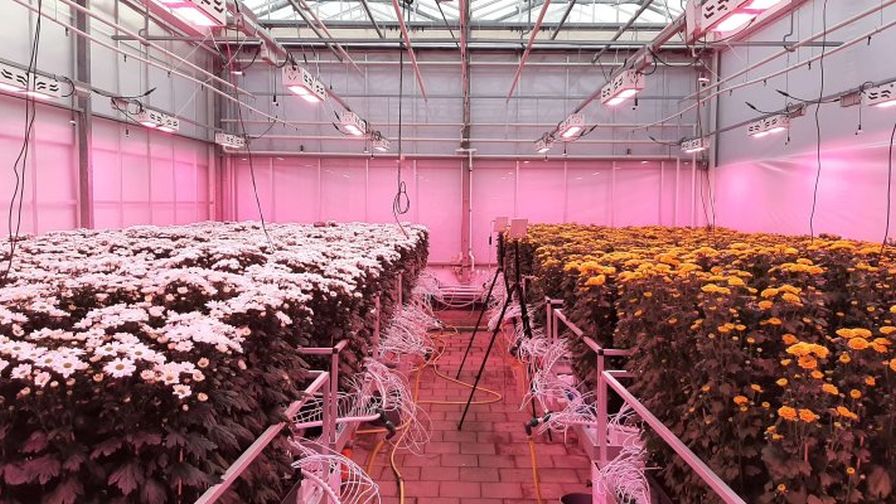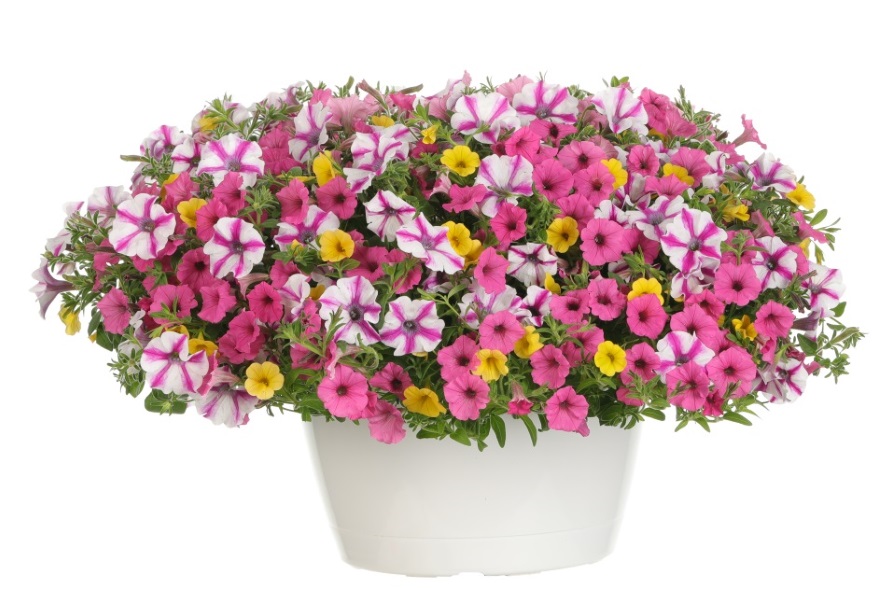How to Control Chrysanthemum Cultivation Through Sensor Data

Chrysanthemum cultivation | Wageningen University & Research (WUR)
The cultivation of chrysanthemums will become increasingly difficult in the coming years due to several escalating challenges in the industry, including:
- Control (via plant measurements)
- Energy consumption
- Nutrient emissions
These problems and more led to a trial headed by the Greenhouse Horticulture unit of Wageningen University & Research (WUR). Through growing chrysanthemums in soil container mixtures, the aim was to identify valuable data related to the aforementioned concerns by using different irrigation strategies.
“In one strategy we watered by default (‘sufficient irrigation’) in the other only 75% of that amount per turn (‘limited irrigation’),” says Anja Dieleman, a Senior Researcher in plant physiology at WUR. “Growers show a lot of interest in water uptake by the crop in chrysanthemum cultivation. To monitor this properly, we used a number of plant and substrate sensors during cultivation for continuous and automated measurements of plant weight, plant temperature, water uptake, and drain.”
The use of soil water content sensors helped to control the irrigation strategies, keeping cultivation constant. For the “sufficient irrigation” strategy, drainage was measured at roughly 15%, while the “limited irrigation” method exhibited virtually no drainage.
Meanwhile, “crop evaporation was calculated from plant temperature measurements and climate data.” Irradiance was cited for evaporation rate trends during the day, with the weight measurements showing an evident disparity between the two strategies. However, the two treatments did not result in any differences related to stem length and shoot weight of harvested chrysanthemums.
According to Dieleman, “This indicates that we can reduce irrigation rates without negative effects on the crop and that control via crop and substrate sensors shows perspective, which means we have taken the next steps towards autonomous chrysanthemum cultivation.”
This trial and more are part of the ongoing Argos: Towards an Autonomous Greenhouse project in which the Greenhouse Horticulture business unit of WUR collaborates with numerous growers, educators, and researchers, including those at Delphy and Ridder, with government funding from Top Sector Horticulture & Starting Materials.










